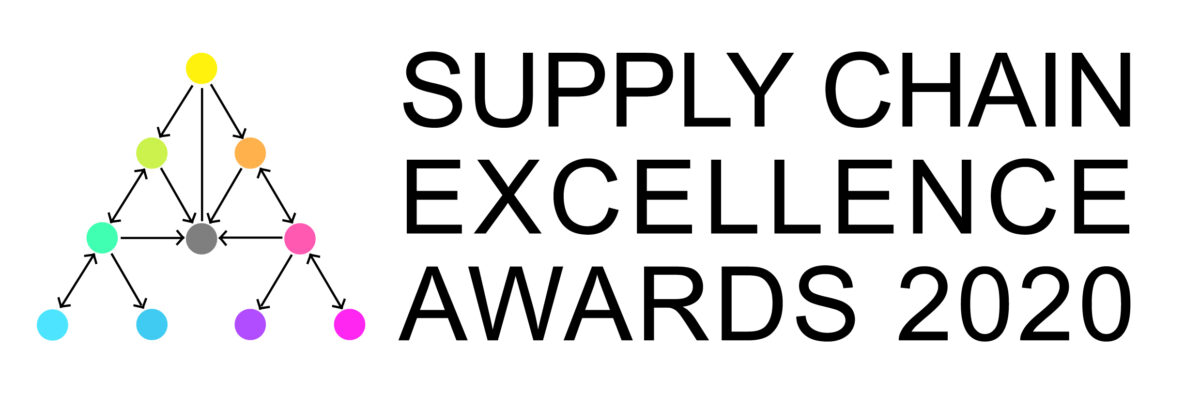It might come as a surprise to hear that The 40th World Economic Forum, that jamboree for the great and the good that takes place each year at Davos in Switzerland, has just concluded.
Author: supplychainmag
Some of the cleverest technology in the supply chain is going into multi-channel retailing. But at the end of the process someone has to deliver the goods to the customer’s home. And that last few feet is where the biggest problems lie.
As tens of thousands of people lie under the rubble in Haiti and a further 300,000 are made homeless, we are reminded of the devastating impact a major earthquake has on a community and the critical role humanitarian logistics operations serve in bringing
The amount of inventory in the pipeline has increased dramatically as have landed costs as a result of changes in global supply chains – competition, ongoing business transformation, increased lead times and complexity.
Let’s start with the good news – growth is back on the agenda after one of the toughest years on record, and the new year promises to bring new supply chain opportunities – along with a few challenges.
It sounds like a nice little Christmas gift – £110 billion. Consultants Booz and Company calculate that this is how much excess working capital is sloshing around in British companies.
Last month business secretary Lord Mandelson announced, with something of a fanfare, the creation of the new Automotive Council. But linked with it was another announcement that predictably attracted rather less publicity
As more than eighty heads of state jet in to support the Copenhagen climate change summit this week, few can be under any misapprehension that carbon reduction is falling from importance.
What is standard delivery? It would be natural to assume that there is common understanding of the terms and costs. Certainly, it would be help to customers if there was an agreed definition.
Supply chain collaboration will be a key theme of industrial activity over the next ten years, according the UK’s Confederation of British Industry.






